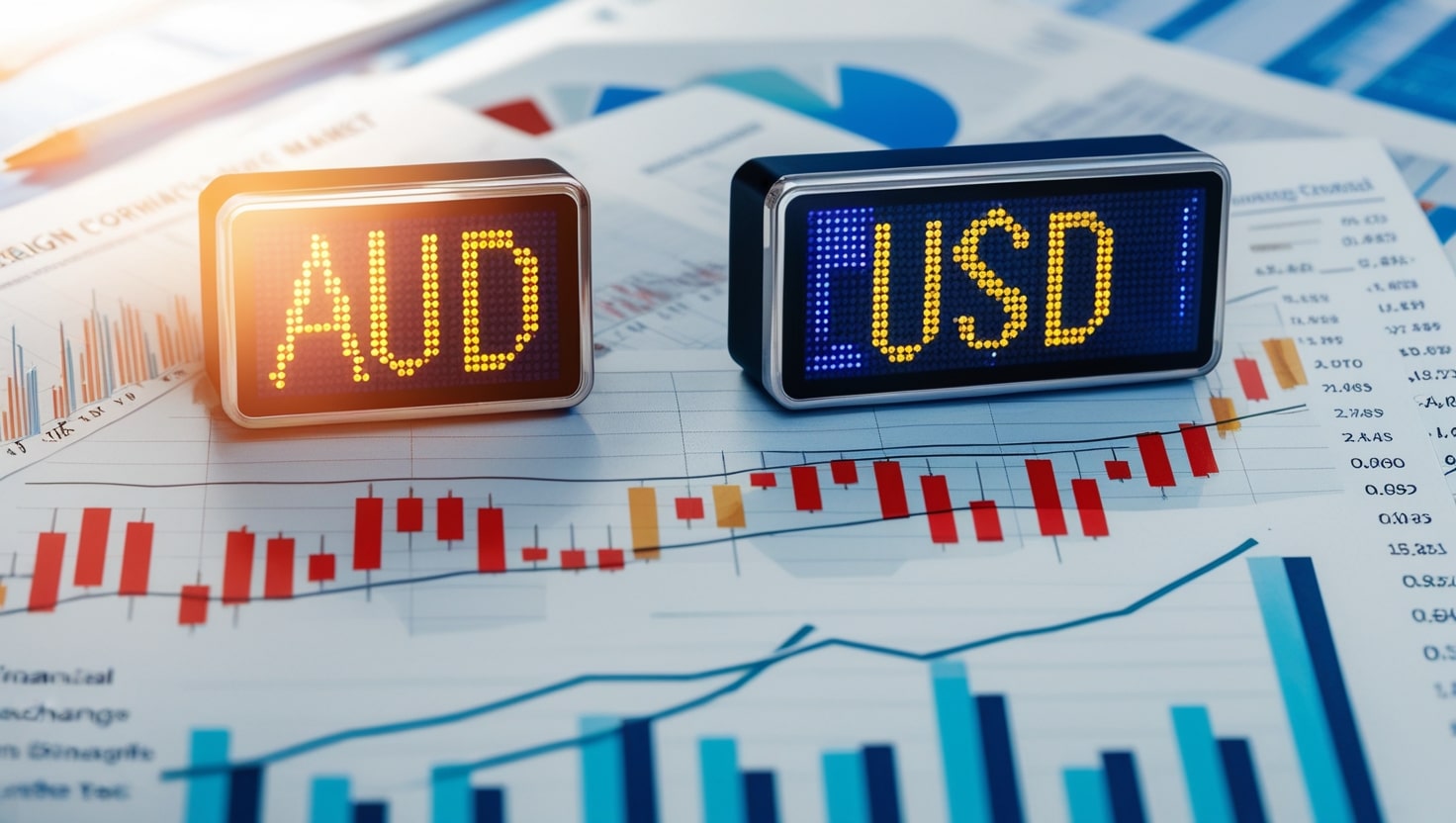
The AUD/USD exchange rate has recently hit a 13-month low, stirring significant concern and interest among traders and economists. This decline comes amidst various economic and geopolitical factors that have influenced the exchange rate dynamics. In this article, we unravel these factors, offering a detailed analysis of what has driven the Australian dollar to such a low against the US dollar.
1. Global Economic Shifts
The recent shift in global economic trends has significantly impacted the AUD/USD exchange rate. Key influences include decreasing commodity prices, particularly in metals and minerals, which form a substantial part of Australia’s exports. As prices fall, the value of these exports diminishes, leading to a weaker Australian dollar.
2. US Dollar Strength
The strength of the US dollar has been another critical factor. The dollar has been bolstered by strong economic data and expectations of further interest rate hikes by the Federal Reserve. This has made the US dollar more attractive to investors, putting additional pressure on the AUD.
3. Australian Economic Challenges
Domestically, Australia is facing economic challenges that contribute to the AUD’s struggles. These include slow wage growth, high household debt, and a soft housing market. Such economic conditions undermine investor confidence in the Australian economy and currency.
4. Impact of Geopolitical Tensions
Geopolitical tensions, including developments in the Middle East and ongoing trade disputes, have also affected global markets, including the forex trading environment. These factors increase market volatility and risk aversion, leading investors to favor traditionally safer currencies like the US dollar.
5. Central Bank Policies
The divergent monetary policies between Australia’s Reserve Bank and the US Federal Reserve have further exacerbated the AUD/USD weakness. While the Fed is set to increase rates, the Reserve Bank of Australia has maintained a more cautious approach, with interest rates remaining at historic lows. This policy divergence encourages capital flow towards the US, weakening the AUD.
6. Forecast and Future Prospects
Looking ahead, the prospects for the AUD/USD exchange rate hinge on several variables, including global economic recovery pace, commodity price trends, and the trajectory of US interest rate policies. Any signs of strengthening economic conditions in Australia or a global recovery could stabilize or improve the AUD’s standing. However, should the current trends persist, the AUD may continue facing downward pressure.
Conclusion
In sum, the recent decline of the AUD/USD exchange rate can be attributed to a confluence of global economic shifts, strong US dollar performance, domestic challenges within Australia, geopolitical uncertainties, and differing monetary policies. With these elements in mind, the forex market remains attentive to ongoing developments which could further influence forex market analysis and projections.

















